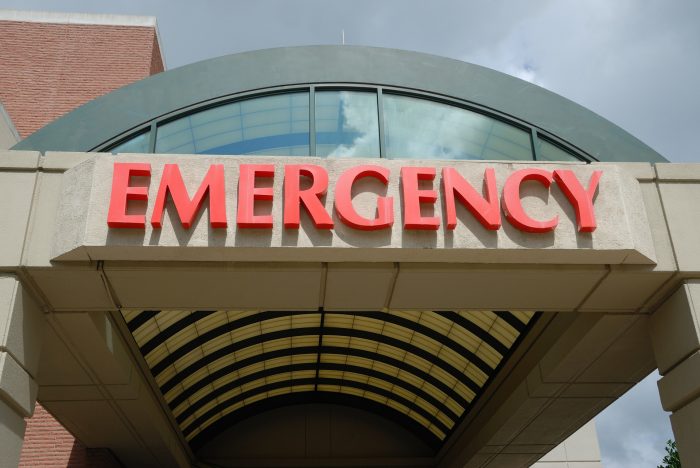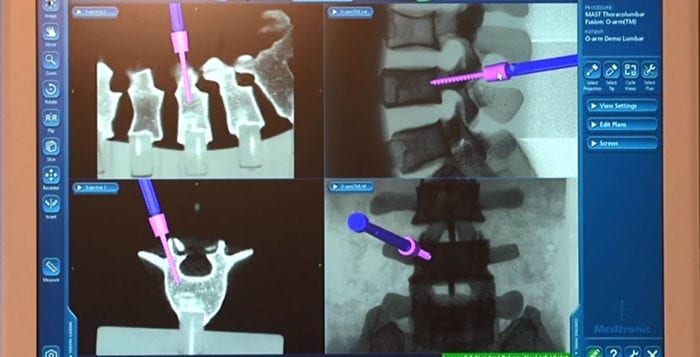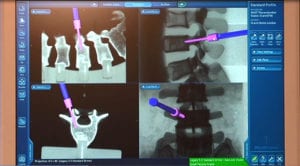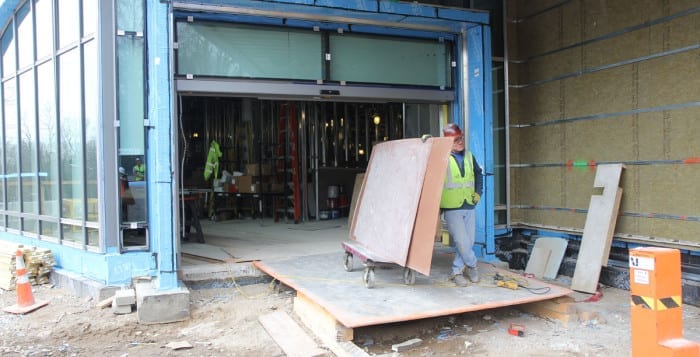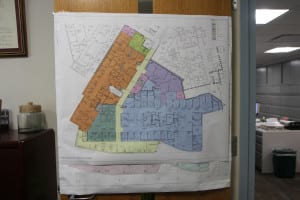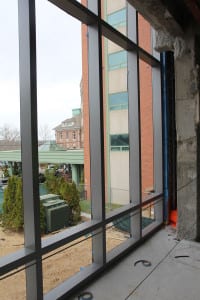By Daniel Dunaief

The pain in my abdomen climbed from a relatively mild one, which pediatrician’s offices usually represent with a slightly puzzled but still pleasant stick figure face, all the way to a 10, with a crying stick figure in extreme duress, in under five minutes.
Doubled over, I shuffled to my wife’s working station in our house and sat, uncomfortably, in a chair next to her.
She started to talk and then looked carefully at my face.
“What’s wrong?” she asked as I twisted in my seat.
“I have serious pain in my abdomen and back,” I said.
We knew what that likely meant. We’d been through this before, although last time was much more terrifying because we had no idea what was going on. Also, six years ago, the mysterious symptoms, including searing back pain, uncontrollable nausea and vomiting and extreme discomfort, appeared and disappeared. I might have had some reaction to bad food, we thought, or I might have inadvertently consumed my food kryptonite, dairy.
“It’s probably kidney stones,” my wife said, as she stood on my back to try to relieve some of the developing pain.
I twisted on the floor, hoping I wouldn’t have to go to an emergency room that was likely overwhelmed with the latest Delta variant wave of COVID-19.
I did the I’m-okay-and-can-tough-it-out-at-home-but-wait-maybe-I’m-not dance for about 10 minutes before I gave in and shuffled towards the car.
As soon as I got in the garage, I made a quick u-turn and headed to the closest bathroom, where I knelt next to the toilet and vomited.
“It’s another kidney stone,” I sighed in between heaves.
With a bucket in the backseat on the way to the hospital, I contorted my body into different positions, hoping to find one that would offer some relief. The last kidney stone episode taught me that wasn’t likely, as I did everything but stand on my head in the basement all those years ago to ease the unrelenting pain.
Fortunately, the emergency room only had two people waiting on a Friday morning. My wife spoke through a plexiglass shield with the receptionist, sharing my details while I disappeared beneath the counter into a crouched position.
The receptionist directed my wife outside until I had a room. I waited on the floor, with the same bucket at my side, for a nurse to call me.
During the 20 minute wait, the pain eased up just enough to allow me to breathe more normally and to sit on the floor. A chair was still not an option. The two other people in the waiting room were too engrossed in their phones to notice me.
Once I was in an examining room, I called my wife, whose sympathetic eyes and encouraging words eased some of my discomfort. She answered questions from the nurse as I stood on the floor and leaned the top of my body over the hospital bed as if I were praying.
The nurse promised to return with morphine. In the few minutes he was gone, I felt closer to a four on the pain scale.
I considered not taking the narcotic. The roller coaster ride along the pain pathway makes managing kidney stones, and so many other types of discomfort, difficult. Each moment of comfort is like a sliver of sunlight between heavy rain clouds.
The doctor confirmed our kidney stone diagnosis. He thought I’d pass the stone that night or the next day. I didn’t have any such luck, as I fought through symptoms for 10 days.
Finally, the obstruction exited. I was so elated that I jumped up and down in the garage with my baffled son, who was returning from an errand.
As others who have had kidney stones can attest, the experience is extraordinarily uncomfortable and painful. I feel fortunate for all the support from my wife, children, brothers, mother and friends. I can only imagine what people hundreds of years ago must have thought when these stones made their painful journey.

